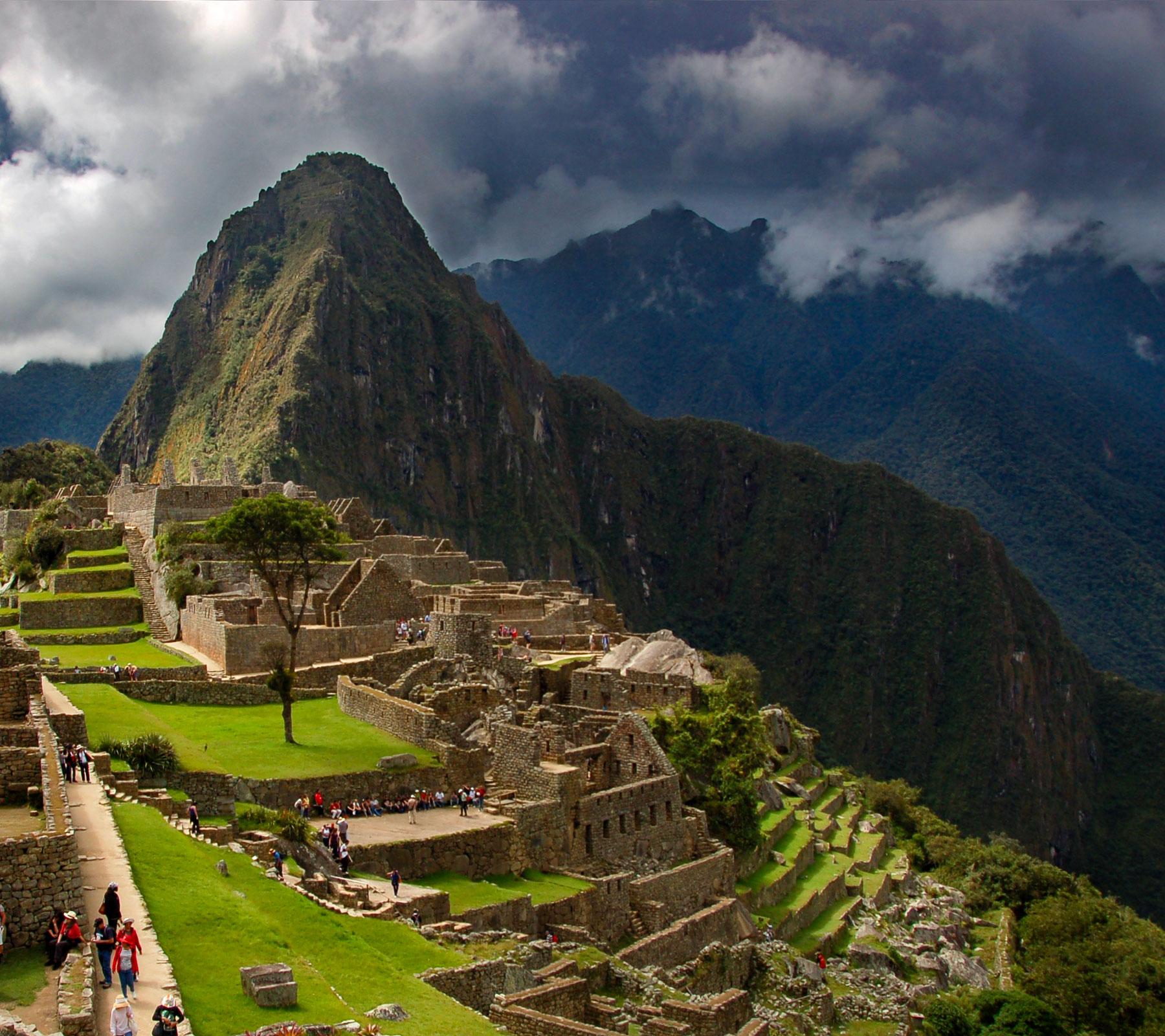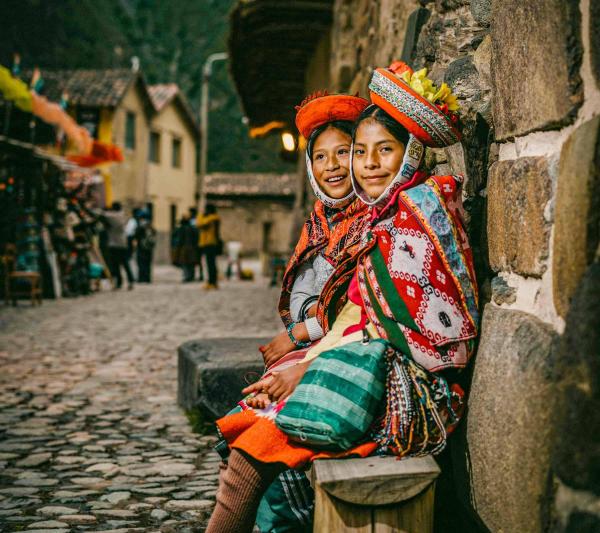Traveling to Machu Picchu 2026
Machu Picchu, the breathtaking Lost City of the Incas, tops the bucket list of countless travelers. Known for its mystical allure, stunning Andean backdrop, and rich cultural history, this UNESCO World Heritage Site offers an unparalleled journey through time. Here's your ultimate guide to reaching and exploring one of the world's most sought-after destinations.
Traveling to Machu Picchu: Exploring the Best of Cusco
When planning your adventure to Machu Picchu, you'll need to decide whether to embark on the iconic Inca Trail, the serene Lares Trek, or the adventurous Salkantay Trek. If trekking isn’t your preference, you can opt for a scenic train ride to Machu Picchu instead. Please note that if you choose not to hike, the tour price will be adjusted accordingly, though discounts do not apply if you cancel the trek after booking.
Please Note: Solo traveler supplements apply to the Lares Trek, Salkantay Trek, Inca Quarry Trek, and Machu Picchu tours.
Why Visit Machu Picchu?
Machu Picchu is more than a historic site—it’s a testament to the ingenuity of the Incan Empire. Its intricate stone constructions, terraced fields, and sacred temples whisper tales of a civilization steeped in mystery. Whether you’re drawn by its archaeological significance, the spiritual vibe of the Andes, or the spectacular vistas, a trip here is nothing short of transformative.
In addition to exploring this ancient wonder, visitors can immerse themselves in Peruvian culture, enjoy world-famous cuisine like spicy ceviche, and discover other treasures like the enigmatic Nazca Lines or the vibrant Rainbow Mountain.
Best time to visit Machu Picchu: Timing it right
Machu Picchu is open year-round, but the best time to visit depends on your preferences. The main tourist season runs from June to August, when the weather is drier but also more crowded. If you prefer fewer crowds, visit during the rainy season (October through April), but be prepared for some rain, especially in the mornings.
If you visit during the rainy season, the mornings tend to be foggy, giving the site a mystical aura. Afternoon visits can offer better views as the fog lifts, but be prepared for the occasional rain shower. Try to avoid Sundays, as locals are allowed free admission, which can lead to additional crowds.
How to Travel to Machu Picchu: Step by Step Guide
1. Arrive in Lima and fly to Cusco: Your journey to Machu Picchu begins in Lima, the capital of Peru. From Lima, you'll take a flight to Cusco, the gateway city to the Sacred Valley and Machu Picchu. The flight is short, taking about 1 hour and 15 minutes, although it can sometimes be a busy one. Cusco is a city at high altitude (over 11,000 feet), so it's important to acclimatize before going to Machu Picchu.
2. From Cusco to Aguas Calientes: Train or Bus? Once in Cusco, the most common way to get to Machu Picchu is by train. The scenic journey takes about 3.5 hours, with trains departing regularly from Poroy station, located just outside of Cusco. Peru Rail and Inca Rail are two main train services, both offering comfortable and scenic options, with panoramic windows for stunning views of the Urubamba River and the Sacred Valley.
If you're looking for a luxurious experience, consider booking the Belmond Hiram Bingham train, which offers gourmet meals and premium service, though it comes at a higher price. If tickets to Cusco’s train station are sold out, you can also catch a train from Ollantaytambo in the Sacred Valley.
3. Aguas Calientes: The Gateway Town Once you arrive in Aguas Calientes (also known as Machu Picchu Pueblo), the small town nestled at the base of Machu Picchu, you’ll need to take a bus to the entrance of the ruins. The bus ride is a short 30-minute journey up the mountain, offering stunning views along the way. While some adventurous travelers opt to hike up, it’s a steep and challenging 90-minute trek, so most people choose the bus for convenience.
4. Machu Picchu: What to Expect at the Entrance Once you've reached the top, you'll find yourself at the entrance to Machu Picchu, ready to explore this iconic archaeological site. There are several circuits to explore, so be sure to book your tickets in advance to ensure entry to the most popular areas. Tickets cost around $62 for adults, with discounts for students and minor
Pro Tip: Book tickets well in advance, especially during high season. If Cusco departures are sold out, opt for trains that leave from Ollantaytambo, about an hour’s drive from Cusco.
How to avoid altitude sickness and acclimate properly
Machu Picchu is located at a relatively high altitude (about 7,970 feet), and Cusco is even higher. To avoid altitude sickness, it's important to acclimate before your visit. Spend a night or two in Aguas Calientes or the Sacred Valley to acclimate to the altitude before traveling to Machu Picchu. Drink plenty of water, avoid alcohol, and consider sipping coca tea, a traditional remedy for altitude sickness.
Should you hire a guide? Tips for exploring Machu Picchu
Guides are available at the entrance to Machu Picchu, and while it's not required, hiring one can enrich your experience. Guides provide valuable insight into the history, architecture, and significance of the ruins. If you prefer to explore at your own pace, you can skip the guide and enjoy the freedom of wandering around the site.
It's important to note that Machu Picchu operates on a one-way loop system, so once you pass a viewpoint or section, you can't go back. For the best experience, start by heading left when you enter the site, which will lead you to some of the most iconic views and photo opportunities.
Where to stay in Cusco: Recommendations before and after Machu Picchu
If you're staying in Cusco before or after your visit to Machu Picchu, the San Blas neighborhood is a great place to stay. Situated on a hill overlooking the city, it offers stunning sunsets and a peaceful atmosphere. For a more luxurious experience, consider staying in the Sacred Valley.
Trekking to Machu Picchu
Inca Trail
The legendary Inca Trail, a 4-day trek through the Andean mountains, is the most famous route leading to the breathtaking citadel of Machu Picchu. Covering 44 km, this trail passes through stunning high-altitude passes and ancient Inca ruins, culminating in the awe-inspiring Lost City of the Incas. Guided by bilingual experts and supported by porters and cooks, this trek is challenging yet achievable for anyone with a reasonably active lifestyle. Everyone can walk at their own pace, making it accessible even for non-experts.
Lares Trek
The Lares Trek offers a tranquil and less-traveled alternative to the bustling Inca Trail. Nestled within the snow-capped Andes, this trek allows you to experience Peru's majestic mountain scenery and ancient Incan heritage without the crowds. You'll encounter traditional Andean farmers, explore local markets, and see thatched stone houses as you wander through landscapes largely untouched by modern tourism. The Lares Trek includes 2 nights of camping and 1 night in a hotel in Aguas Calientes before your early ascent to Machu Picchu.
Salkantay Trek
The Salkantay Trek is a diverse and challenging alternative to the Inca Trail, known for its rich flora, varied ecosystems, and unique Inca sites. Over five days, you'll traverse breathtaking landscapes, from high mountain passes to lush tropical valleys, eventually reaching Aguas Calientes at the base of Machu Picchu. The trek’s highlight is an early morning bus ride up to Machu Picchu, where you'll witness the sunrise over the ancient citadel, guided by knowledgeable experts.
How to Book Your Machu Picchu Trek
When booking your journey to Machu Picchu, you can choose from the Inca Trail, Lares Trek, or Salkantay Trek, each offering a unique adventure culminating in a visit to Machu Picchu.
Inca Trail Permits: Book Early!
Due to the Peruvian Government’s regulations aimed at preserving the Inca Trail, only 500 permits are available each day, including those for porters, cooks, and guides. Permits often sell out months in advance, especially during the peak season from June to September, so booking 4-6 months ahead is highly recommended.
Passport Requirements
Your permit for the Inca Trail is linked to your passport details, so it’s crucial that your passport is valid for at least six months after the tour. If you change your passport after booking, you must bring the passport used for the permit, or you won’t be allowed to trek.
Alternative Treks and Closures
The Inca Trail closes for maintenance every February, but the Lares Trek and Salkantay Trek are available year-round. These alternative treks provide a different yet equally rewarding experience, often ending at the Sun Gate of Machu Picchu.
Trekking Price Adjustments
Prices for treks to Machu Picchu may change due to local regulations, including permit costs and porter fees. These adjustments are published on our website, and any increase in price will be payable locally in Cusco.
Traveling to Machu Picchu by Train
If trekking isn’t your style, traveling to Machu Picchu by train is a scenic and cost-effective alternative. You can choose from the following options:
Sacred Valley to Machu Picchu: Explore the Sacred Valley before taking a train to the ancient citadel.
Machu Picchu Tours from LIma: Experience a guided tour of Machu Picchu.
Machu Picchu Day Trip: Perfect for those with limited time, this option offers a day-long excursion to the site.
Whichever path you choose, your journey to Machu Picchu will be an unforgettable experience, steeped in history, culture, and natural beauty.





